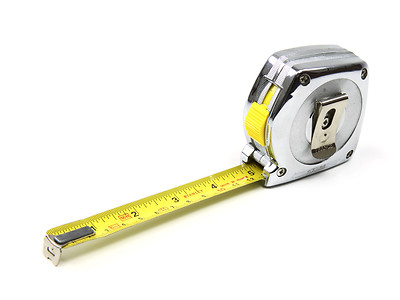Written by Howard Fenton, Senior Technology Consultant at NAPL
There are many ways to keep in touch these days including: email, chat, instant messages, forum/discussions, newsgroups, and Listserves. Listserves have become very popular because they are very targeted. For example, the PrintImage Listserv caters to the quick and small printers formerly called NAQP.
Now that NAQP has become part of NAPL, we monitor the questions and answers. While they are often great, sometimes the answers are over simplified. For example, a recent question on the NAQP ListServ was: ” Does anybody have any productivity metrics for press operators for certain presses?
An answer from a leading consultant was, “I believe that an individual press operator, assuming that jobs are available, plates shot and paper at hand (i.e. not waiting for jobs to come back, plates to be produced, etc.) should easily be able to produce between $300,000 and $350,000 in retail printing sales….. “Retail printing sales” is just what it sounds like… the retail price of the printed portion of the job… it includes, plates, paper, ink, make-readies, etc., etc…. does not include bindery or DTP charges.”
While detailed and factual, if asked in a court of law about the accuracy of this statement I would have to say “it depends.” Because it depends on the age of and wear on the press, the maintenance and automation of the press, and of course the number of change-overs and run lengths.
A 12-year-old press is much less productive than a 5-year-old press. A press that is well maintained or has automation is much more productive than those that are neglected or don’t have automation. A day with a lot of set ups due to color changes or short runs is going to be less productive than a day with all the same work and long runs.
In all fairness, most consultants make similar blanket statements and the underlying theory is that over the course of a year many of these issues are balanced out. But this is more true when demand and staffing levels are consistent. It is tougher to depend on these statements when we see 20% changes in demand or staff levels.
In summary, generalized benchmarks are useful to use in groups to start thinking about performance. But the best benchmarks are specific to equipment and type of work. What benchmarks do you use to evaluate performance?
Howard Fenton is a Senior Technology Consultant at NAPL. Howie advises commercial printers, in-plants, and manufacturers on workflow management, operations, digital services, and customer research. He is a paid contributor to this blog.


